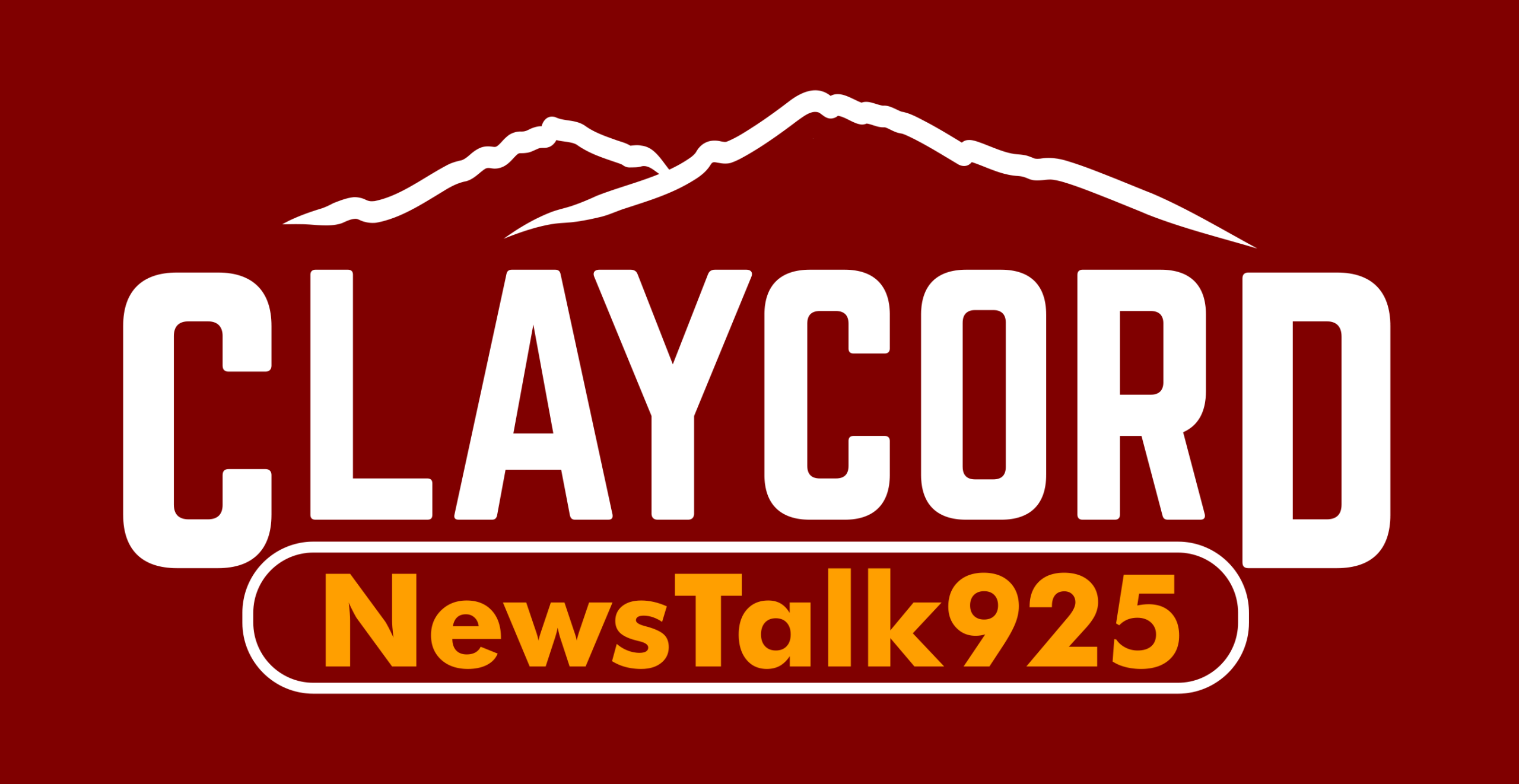During a meeting of the Board of Supervisors on Tuesday, Contra Costa County Fire Protection District Fire Chief Lewis Broschard offered up the details of the district’s preparations for wildfire season and how members of the public can help.
The 2018 fire season lasted for 192 days, and district firefighters responded to 390 fires, about two per day.
Nearly all of them were started by people in one way or another, by smoking, vehicle malfunction, arson or other human activity.
“For us in the Bay Area, really the risk is going to present itself in September and October when we get the north winds, sometimes very high north winds,” Broschard said.
Two-thirds of Contra Costa County has been designated as a fire hazard severity zone and firefighters expect this year’s fire season to be just as dangerous as last year, but there are things the public can do to prepare and county fire officials have published a 16-page guide on getting ready, available online at https://bit.ly/2JZOZvz.
There are some long-standing disaster preparedness strategies that haven’t changed much over the years, like having a “go pack” ready with emergency supplies and establishing a communications plan for contacting loved ones, but there are also some new options like signing up for emergency notifications from the county at https://cwsalerts.com.
PG&E’s plans to shut down the power grid during high winds or other high-risk fire weather conditions could also play a significant role in the lives of Contra Costa County residents this summer, and Broschard recommended planning ahead for multi-day power outages.
“The grocery store will not be open, the gas station will not be open,” Broschard said. “Your refrigerator will not be working. All of that needs to be taken into account.”
Broschard also urged the public to take a community-oriented approach to wildfire preparedness, because even if a resident creates 100 feet of defensible space around structures on their property, their home could still be at heightened risk if a neighbor fails to do so.
“It takes the whole community to do these things,” Broschard said.
Supervisors John Gioia and Candace Andersen were absent, but Karen Mitchoff, Diane Burgis and Federal Glover thanked Broschard for his presentation and the fire district’s work to keep Contra Costa County safe.
“People need to understand there’s a new normal,” Burgis said.


Many -or most – of us don’t have 30 feet, let alone 100 feet, around our homes to create defensible space.
100 feet of defensible space is not practical if you live in a neighborhood. If you live in the country or have acreage then maybe you can achieve 100 feet. When the hot north wind howls and the fuel is dry then be ready to bail because once a fire gets going from house to house it’s game over. It will not stop until the wind dies down and the fuel is gone. The single most important thing you can do is be prepared to leave in a hurry. Know your escape routes and don’t doddle. I’ve been assigned to a few of these firestorms over the years and they’re no joke and scary as hell. Have a plan and make sure everyone in the house knows the plan and try to get out before the roads clog if you can. That is all!
Regarding the “defensible space,” it would have been really nice to have this information last Fall. Working in 100 degree heat cutting back vegetation is especially difficult for the elderly, who tend to be the ones who perish in these disasters if the last two events in NorCal were any indication.
Also, the “defendible space” approach requires that you rip out much of expensive landscaping on your property, some of it as much as 50 years old. In those 50 years, with two nearby fires on Mt. Diablo, the area has never been threatened by wildfire.
Are we to assume that fire crews will pass up a house that is not denuded 30 feet to the structure? And, is it really necessary to demonize a neighbor who is unable to comply for whatever reasons. I see the usual end-of-the-world, “we’re all gonna fry” hysteria being promoted here with the implied threat that if you don’t, or cannot, create “defensible space” immediately, don’t expect your tax dollars to pay for saving your house. I pay taxes for fire protection. If I can’t create “defensible space” before the next event, it should not mean my house will not be defended.
And, finally, as mentioned, some of us don’t have 30 feet to do this. The diagrams provided appear to be very large lots. On the average suburban house, cutting back to that extent would leave no vegetation on the property whatsoever.
Pets: I’d add on item to the Pet section of guide. Keep a slip leash for each dog in a visible location where the pet typically sleeps at night. That way if you have to evacuate the home immediately at night due to a house fire or wildfire approaching, you’ll be able to quickly secure your dog.